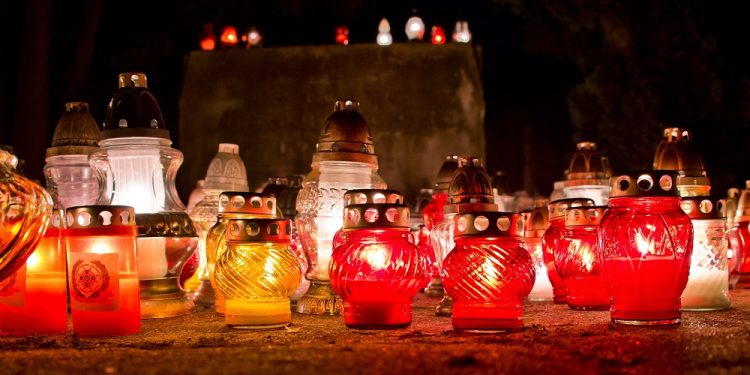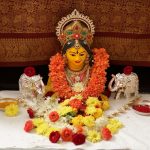
All Hallows’ Eve
All Hallows’ Eve is a strange holiday that’s a mix of Christian and pagan observances that have been observed all around the world for hundreds of years. Also known as All Saints’ Eve, Allhalloween, Hallowe’en, and more commonly, Halloween, this holiday begins the observance of Allhallowtide.
This time in the liturgical year is all about honoring and remembering the dead, including not only our departed loved ones but also martyrs and saints. All Hallows’ Eve is also supposedly when the walls between the world of the living and the world of the dead are at their thinnest, which allows lost souls to contact or interact with living people.
The History of All Hallows’ Eve
It’s believed that All Hallows’ Eve celebrations actually go back to an ancient Celtic celebration known as Samhain. This holiday was observed by the Celts to mark the end of summer and the beginning of the dark winter months.
They believed that on this night, the boundary between the worlds of the living and the dead is blurred, and this enables the spirits of the dead to cross that boundary and return to Earth. To ward off these ghosts, they often lit bonfires, donned masks, and wore costumes. It was also a day that was used to make predictions about the future.
The Romans would conquer the Celtic lands, and they would merge Celtic holidays with their own. The Romans had their own festival that commemorated the dead called Feralia, and they combined this holiday with Samhain. They also took the customs of Pomona, the goddess of fruit and trees, and incorporated them into this holiday as well.
When the Christian religion spread across Europe, it was decided that the best way to encourage the local people to observe Christian holidays was to merge them with the pagan holidays they were already celebrating.
The Church adopted some of the Roman traditions that the Romans themselves had borrowed from the Celts and created All Saints’ Day — also known as All Hallows’ Day. This day fell on November 1st every year. The day before would become known as All Hallows’ Eve. Of course, we now know this holiday as Halloween, a day for tricks, treats, and lots of spooky fun.
Observing All Hallows’ Eve
This holiday was traditionally celebrated by the Catholic Church as a vigil before All Saints’ Day. It was a day for Catholics to prepare themselves for the feast day ahead by fasting and praying. It was also a day when people attended church services, lit candles and placed them on graves, and prayed to saints to help their loved ones in the afterlife.
The name “All Hallows” comes from the Old English word meaning “holy,” and the word “Eve” meant “the evening before.” And the “evening before the holy day” is how this holiday was and is still observed to this day. Of course, it’s also observed by many people with a non-religious connotation as Halloween.








